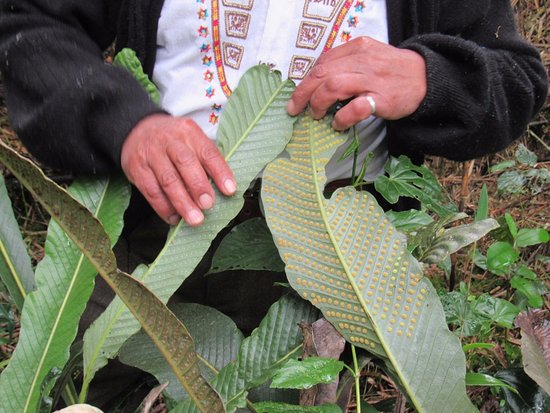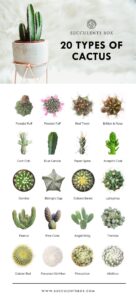When one hears the term “Cow’s Tongue,” the immediate imagery is often of an animal. However, this label intriguingly refers to a plant, specifically the impressive and robust Graptopetalum paraguayense, commonly known as the Cow Tongue Plant. This succulent, native to Mexico, possesses a unique charm that captivates both gardening enthusiasts and casual observers alike.
The Cow Tongue Plant is notable for its elongated, flat leaves that resemble a cow’s tongue, hence the name. Its aesthetic appeal is amplified when grown hanging, offering a striking visual display as the leaves drape elegantly over the pot’s edge. This succulent thrives in a variety of conditions, making it a popular choice for indoor and outdoor gardening alike.
The following sections delve deeper into the Cow Tongue Plant, exploring its distinct characteristics, care requirements, and various uses.
Characteristics of the Cow Tongue Plant
The quintessential feature of the Cow Tongue Plant lies in its unique foliage. The leaves are not only shaped like a cow’s tongue but also exhibit a fleshy, plump texture typical of succulents. They bear a grayish-green color that can shift toward a tinge of purple when exposed to ample sunlight. This color shift is not merely aesthetic; it enunciates the plant’s health and resilience.
Flowering is another captivating trait of the Cow Tongue Plant. Although it may not blossom frequently, when it does, it surprises with clusters of delicate pink or white flowers that emerge on tall peduncles. This blooming period is often brief, yet it adds a splash of color to the otherwise subdued foliage. Well-cared-for plants can reach a height of 12 inches, and their spread can extend to 24 inches, making them a visually striking option for any garden or interior decor.
Optimal Growing Conditions
To ensure healthy growth of the Cow Tongue Plant, it is essential to understand its ideal growing conditions. As a succulent, it prefers well-drained soil; a specialized cactus mix is often recommended. This soil composition enhances drainage, preventing root rot, a common issue among succulents.
Lighting plays a pivotal role in the vitality of this plant. The Cow Tongue Plant thrives best in bright, indirect sunlight. Direct sunlight can scorch its leaves, altering its beautiful color. In contrast, insufficient light can lead to leggy growth as the plant stretches for optimal light sources. An east-facing window is typically ideal, providing ample light without the harsh afternoon sun.
Temperature and humidity are also vital considerations when cultivating the Cow Tongue Plant. This succulent enjoys warmth, thriving in temperatures between 70°F to 85°F (21°C to 29°C). When temperatures dip below 50°F (10°C), it is advisable to bring the plant indoors to safeguard its health. As for humidity, the Cow Tongue Plant does well in arid environments and does not require high humidity levels, making it a perfect choice for dry climates.
Watering Techniques for a Lush Cow Tongue Plant
The cornerstone of a flourishing Cow Tongue Plant lies in its watering regimen. Overwatering is the leading cause of plant demise in succulents. Hence, it is crucial to apply the “soak and dry” method. This method involves allowing the soil to dry out completely between watering sessions. During the growing season, typically late spring to summer, watering once a week is sufficient. In the dormant winter months, water less frequently, perhaps every two to four weeks.
It is advisable to water the Cow Tongue Plant at the base, allowing moisture to seep into the soil without wetting the leaves excessively. This practice minimizes the risk of fungal diseases, which can develop when moisture lingers on the leaves. Observing the plant’s appearance can also be an indication; if the leaves appear wrinkled or shriveled, it may be time for a drink.
Utilizing the Cow Tongue Plant in Your Garden
The Cow Tongue Plant is not just a delightful ornamental; it serves versatile purposes in gardens and homes. Its drought-resistant nature makes it an excellent fit for xeriscaping, where water conservation is paramount. This succulent can be used in rock gardens, as ground cover, or in containers paired with other drought-tolerant plants.
In indoor settings, its unique form provides a contemporary flair that align seamlessly with modern aesthetics. It can thrive in various decorative pots, hanging baskets, or terrariums. Furthermore, its ability to purify air adds an additional benefit, enhancing indoor air quality, making it not just visually appealing but also a healthy addition to your living space.
Conclusion: Embrace the Cow Tongue Plant
The Cow Tongue Plant presents an intriguing intersection of beauty and resilience. Its distinctive, tongue-like leaves, easy care requirements, and versatile applications in gardens and homes make it a noteworthy addition to any plant collection. Whether you’re a seasoned gardener or a novice, nurturing this succulent is not only rewarding but also an aesthetic enhancement that breathes life into any viewing space.
In summary, the Cow Tongue Plant embodies the principles of simplicity in care and complexity in beauty—allowing it to flourish across a multitude of environments while consistently captivating those who take notice. With the right knowledge and attention, this remarkable plant can thrive, offering awe-inspiring visuals and enriching environments for years to come.





Leave a Comment